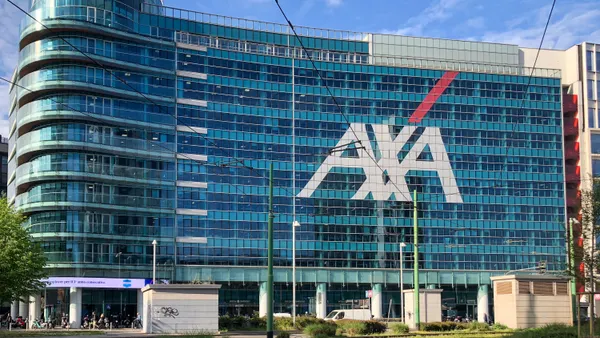Dive Brief:
-
The software industry workforce is projected to grow more than 5% in 2021, according to Cyberstates 2021 report, published Wednesday by IT trade group CompTIA. The projected growth in the software space, including software as a service (SaaS) applications, sits atop all other technology categories. By comparison, companies in spaces such as tech manufacturing or telecommunications and internet services will grow workforces by 1% to 2%.
-
In terms of specific technology occupations, CompTIA expects hiring activity will be "especially strong" in cybersecurity and data science and analytics, which are each expected to grow 4.4%. Software development hiring is expected to grow 3.7%. The base of infrastructure-related IT workforce will amount to almost 1.4 million workers by year's end.
-
Analysis of employer job posting data shows that "software continues to be the most in-demand job category, but also, skill," said Tim Herbert, EVP for research and market intelligence at CompTIA.
Dive Insight:
All across industries, companies put time, effort and resources into filling tech roles. It can take 61 days on average to fill a high-demand tech role, compared to 42 days for a non-tech role.
In the software space, competition over talent is fierce. A SaaS business will need to go up against its peers across technology, but also "other industry sectors, whether it's in the financial sector or healthcare or education, that are also moving to invest in their own internal software capabilities," Herbert said.
In February, the unemployment rate for tech occupations reached 2.4%, which indicates a return of employer demand routinely exceeding the supply of labor in certain regions and tech job roles, according to the report.
"It will be, I'm sure, a very tight labor market in the year ahead for the software category," said Herbert. "We're generalizing here but there's a lot of underlying components to software … it really encompasses a lot of different skills."
Simply attracting talent isn't the problem organizations face, said Jeff Frey, VP of Innovation at Talent Path.
"All the employers I talk to are getting lots of resumes," said Frey, whose company connects early career technology talent with employers. "They just are getting resumes of people that aren't qualified for the position."
CIOs can play a role serving as ambassadors for their organization, showcasing current technology implementations and making a case for the company against other employers.
Businesses that aren't currently leading in the technology space can gain ground by telling potential candidates "we're looking forward to using the latest technology and you could be a component of that," said Frey.
Employers can take a three-step approach to attracting the right talent, according to Scott Bonneau, VP of global talent attraction at Indeed:
-
Clearly define talent needs: "This sounds easy but can actually be tricky," said Bonneau in an email. "Do you think you need specific industry experience? Or new college grads? Define your target candidate group, and then focus all your attention there."
-
Know your value proposition: Companies need to explain what sets them apart from competitors, and ensure candidates experience that uniqueness throughout the process.
-
Expand hiring sources: "There are lots of great sources that often go overlooked, like coding bootcamps that may have candidates with non-traditional backgrounds and huge amounts of potential," said Bonneau.
Businesses stand to gain by hiring from the lens of potential, evaluating whether a candidate who might not currently meet qualifications can evolve, bridging the gap between employee expectations and the education system, according to Frey.
Another strategy employers such as Google, Apple and IBM have employed is sidestepping the requirement for a college diploma, a trend that experts hope will help stave off talent shortages.





















